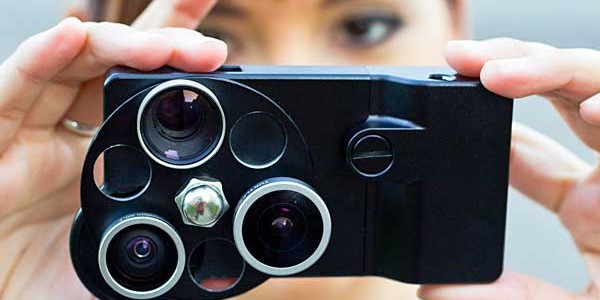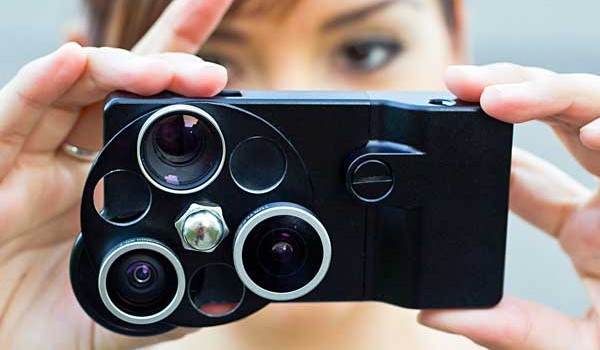

The Basics of Mobile Photography
Photo Taking Tips March 13, 2016 Editorial Staff 0

As defined by PC Magazine, mobile photography is simply taking pictures with a mobile phone. The camera technology on smartphones, according to the tech site, is now more than adequate for taking photos and having them published online. Depending on the camera quality and number of pixels, smartphone photos can also be printed on photo paper at 8×10″ and higher with excellent results.
For candid street shots and editorial or journalistic photography, mobile photography is perfect. Mobile photographers can get close to their subjects without being recognised as a photographer, allowing them to get more authentic images of people. But what of commercial photography, not to mention art photography? Especially if you have a late-model phone, say an iPhone 6, you can with enough practice create exhibit-worthy photos too. Here are some basic tips from the experts:
- Before taking a shot, always clean the lens first. Most of the time, your phone’s in your pocket or bag, or held in your hands, so chances are the lens are covered with dust, grease, your fingerprints that will block light from entering the camera’s sensor and will leave smudges, blurs or spots on your images.
- Set the focus on the camera by tapping the screen where your subject is in the frame. A small yellow square will appear to confirm the focus point. The small sensors in phone cameras provides a relatively wide depth of field so you can get entire objects in focus.
- Tapping the screen to set the focus will also automatically set the exposure in the shot. This is not always ideal. Opt to adjust your exposure manually. In an iPhone, this can be done by swiping up or down on the sun icon on the screen to adjust the exposure slider.
- As much as possible, refrain from using both the zoom and the flash functions of your phone camera. With digital zoom, the image will just get cropped as you zoom in, resulting in loss of quality. On the other hand, the LED flash, which is usually located very close to the lens, can have a glaring effect on your image. If natural light isn’t quite enough, compensate instead by just increasing the exposure value (EV) and ISO on your camera.
- Consider the”rule of thirds” by breaking the frame into three equal sections, both horizontally and vertically. Most smartphone cameras now have a setting that will on prompting place these lines there for you to see as you take the picture. The points where these lines intersect are where you should place points of interest in the frame.
Get to know what you can do with your smartphone camera by practicing taking shots from different levels, angles and perspectives. Process and edit the images and have them printed at your nearest Costco to see how they’ll look on real photo paper.

No comments so far.
Be first to leave comment below.